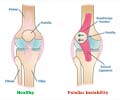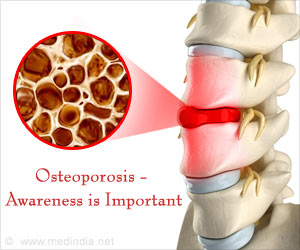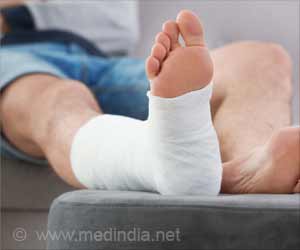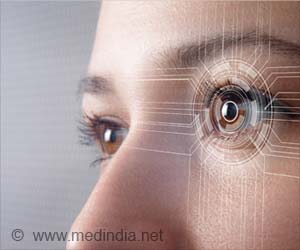Bionicare Knee System relieves knee osteoarthritis pain and symptoms by delivering to the knee joint a low level pulsed signal that is not felt by the patient.
The Bionicare Knee System could be an effective way of coping with osteoarthritis (OA). It relieves knee OA pain and symptoms by delivering to the knee joint a low level pulsed signal that is not felt by the patient.
The stimulator received final FDA clearance in 2003, indicated “as an adjunctive therapy for relieving pain and symptoms associated with osteoarthritis of the knee and for overall improvement of the knee as assessed by the physician’s global assessment (clinical studies).”This personal home-use system allows patients to take treatments during their day in conjuction with an OA knee brace, the OActive. Treatments are individualized to each patient’s body as they adjust the level of stimulation.
The fabric device, which is wrapped around the knee joint and secured with Velcro, works partly by taking some of the pressure off the knee and offloading it onto the brace.
The inside lining of the brace contains two small pads which deliver electrical stimulation, via a battery-powered panel. One pad is sited over the kneecap, the other just above the joint.
Painkillers, physiotherapy and steroids are among the treatments available, but some people will eventually need partial or total knee replacements, where metal joints are implanted to take over the movement of the joint, Roger Dobson wrote in Daily Mail.
Researchers say the electrical pulses may help treat the underlying cause of the disease by boosting blood flow and nutrients to the area, so encouraging the regeneration of damaged tissue. Electrical stimulation may also boost the muscles, reducing some of the load on the joint itself.
One study of the device shows that, on average, the majority of patients showed significant improvement after 750 hours of use - the equivalent of wearing it for six hours a day for three months.
Advertisement
A long-term study at the Johns Hopkins University in Baltimore in the U.S. found that 62 per cent of patients treated with the device avoided a total knee replacement, compared to 7 per cent of patients in a control group.
'We'd need to see some published, positive evidence from properly randomised, doubleblind trials before making a firm judgment,' she said.
'However, although research into electrical stimulation and osteoarthritis is limited, TENS machines are recommended for osteoarthritis patients by NICE, and it could be that when combined with bracing, electrical stimulation may help to reduce pain.
'Whether and how it treats the underlying causes of the disease is another thing, however, and sounds quite implausible.'
It may also be that the support offered by knee bracing encouraged patients to be more active, which is known to help reduce pain and improve the ability of knee osteoarthritis patients to perform everyday activities.
The cost of the device ranges from about £1,000 to £1,700.
Source-Medindia
GPL










